
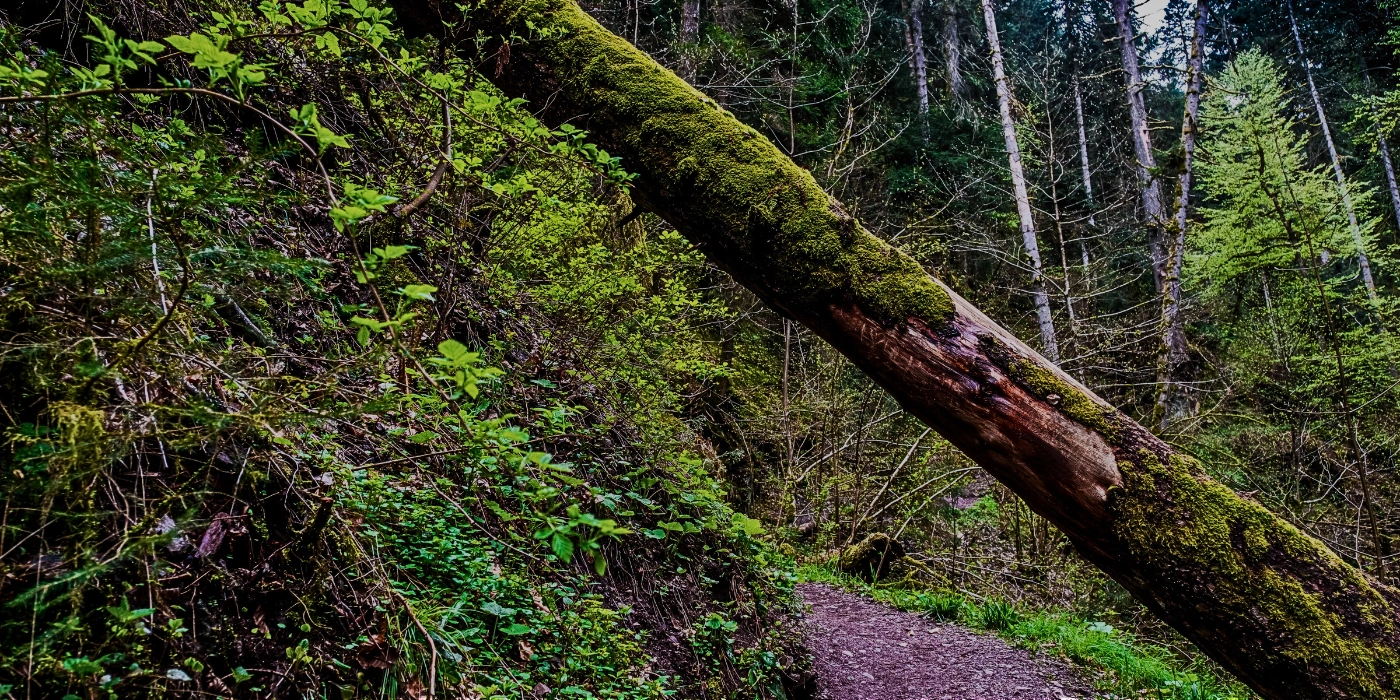

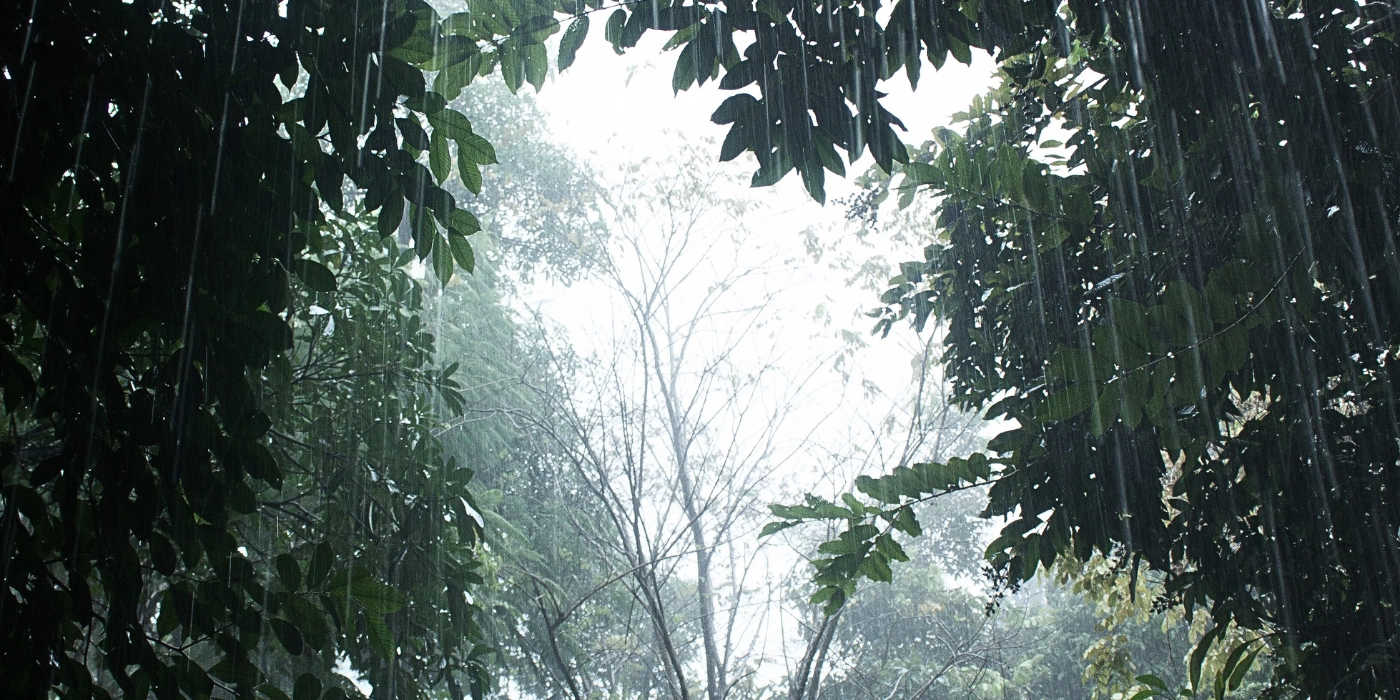
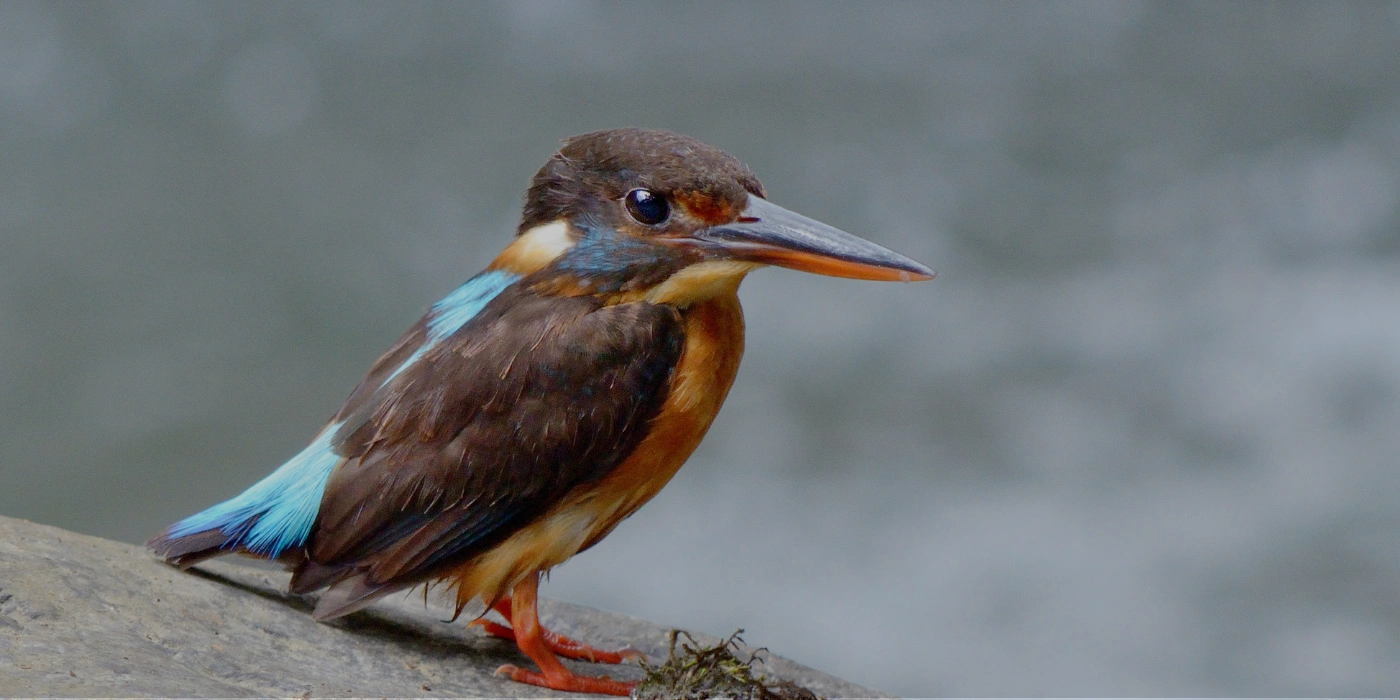
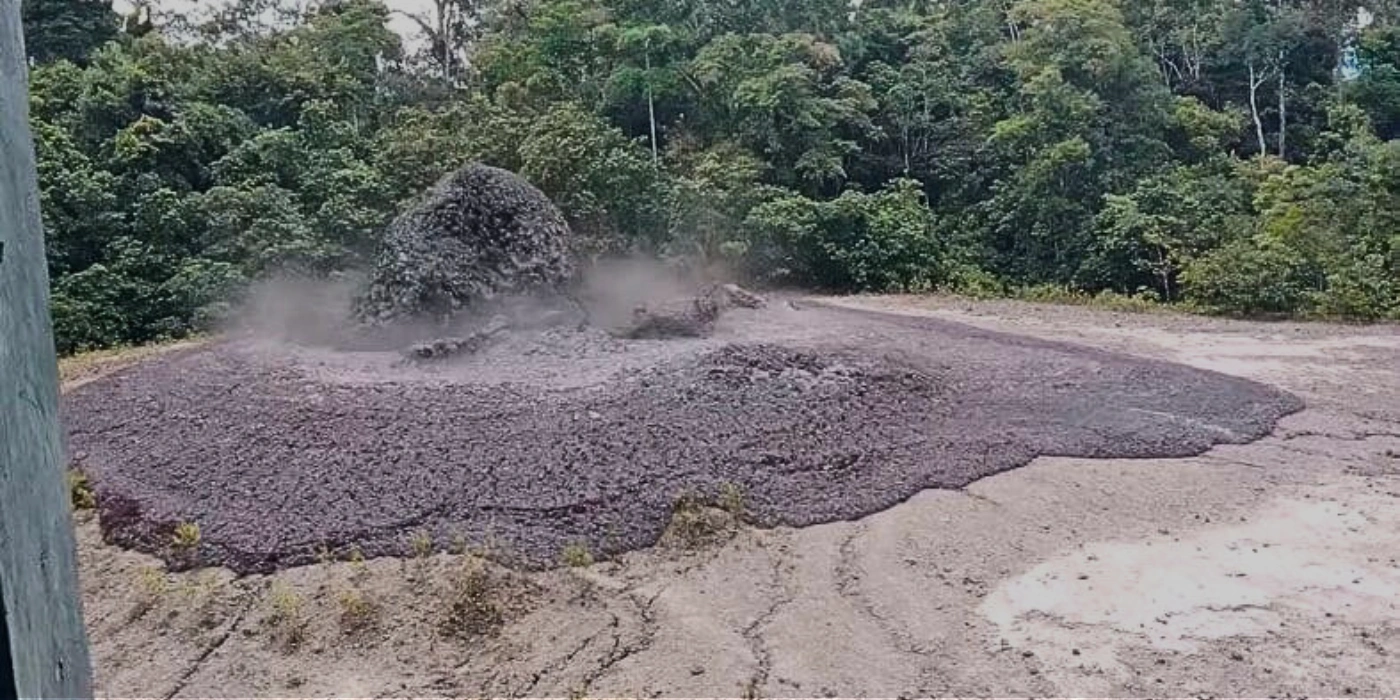

Just to be 100% prepared, check out our new blog for a clearer idea of what to pack for your Tabin trip: What to Pack for Tabin Wildlife Reserve: Complete Guide for Jungle Adventure
The best months are June to August, when wildlife is most active and weather conditions are ideal.
While less ideal, the rainy season (Nov–Feb) offers lush scenery and fewer crowds but comes with challenges like slippery trails and reduced visibility.
You may spot pygmy elephants, orangutans, hornbills, and more. Dry season offers the best chance, especially near water sources and the mud volcano.
Yes! With over 300 species, it’s a birdwatcher’s paradise. Especially April to June for migratory birds.
Absolutely. The dry months (June–September) are ideal for families due to safer trails and higher wildlife visibility.


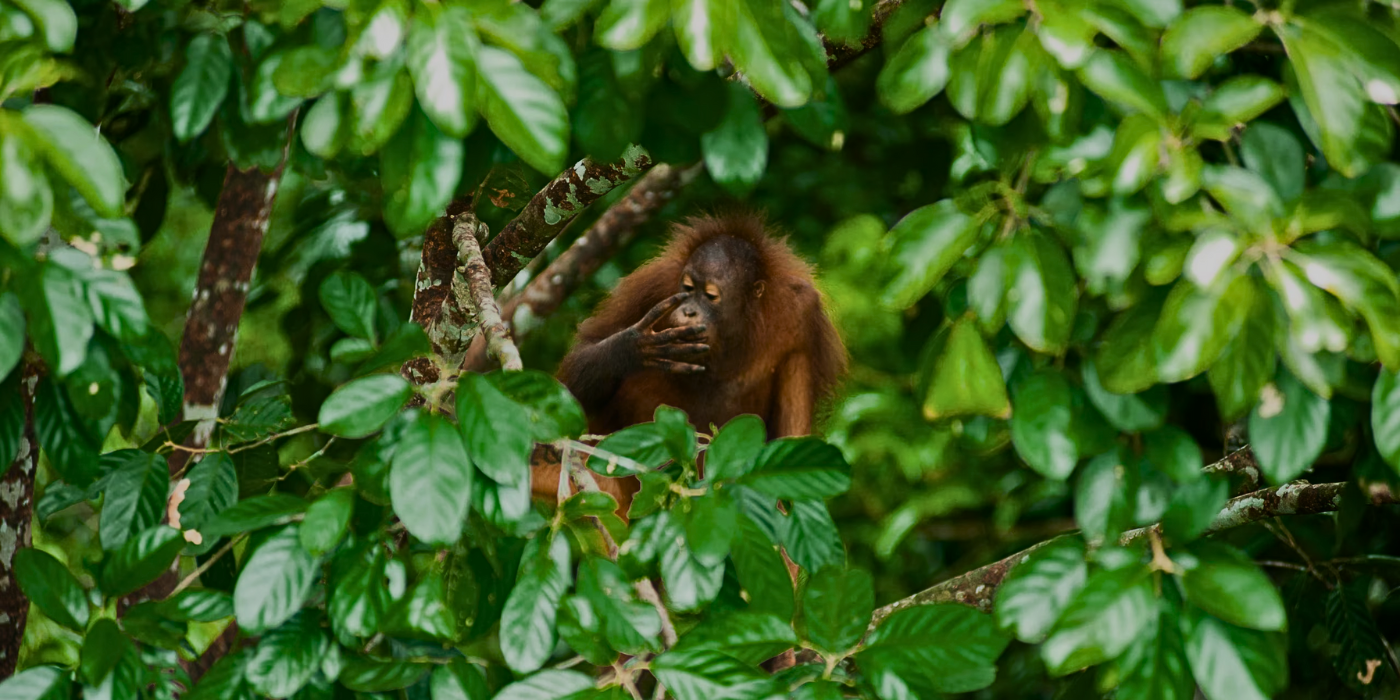

Quick Navigation
Toggle


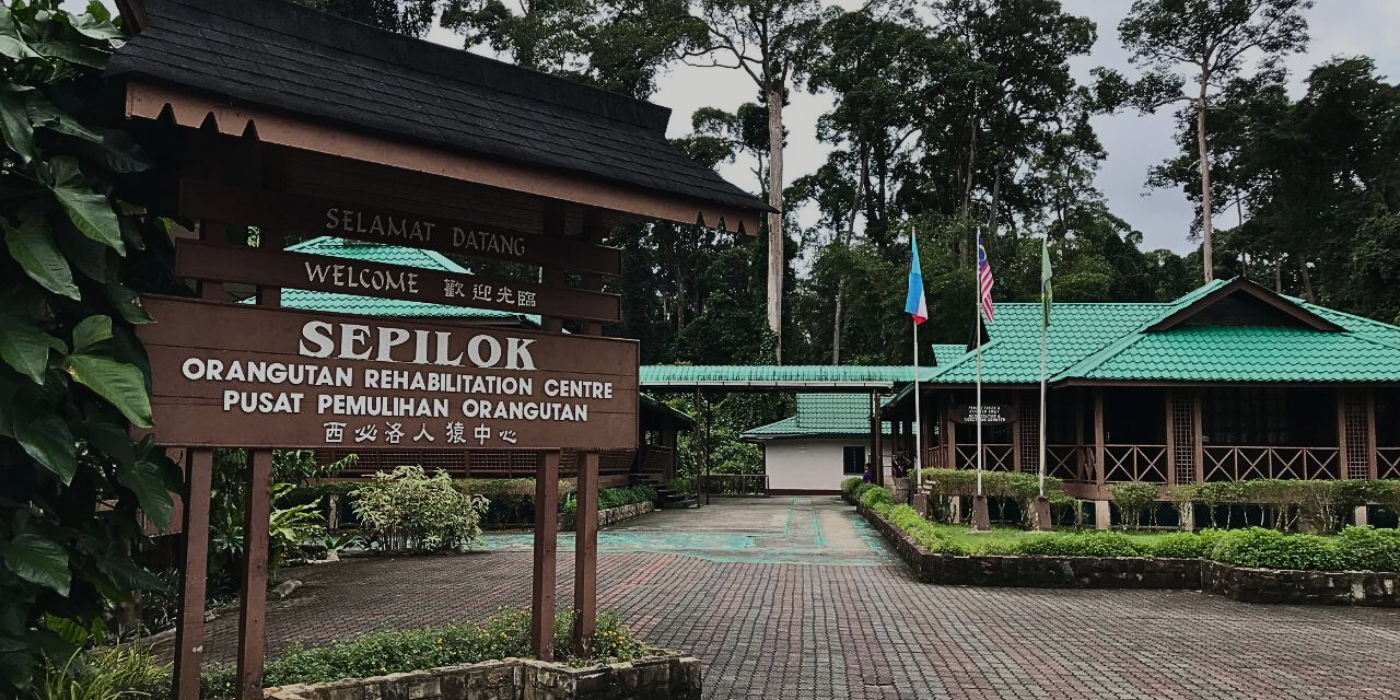



Explore Nature. Embrace Conservation. Experience Malaysia
Top Destination
Follow Us
Payment channels

To improve your experience, we use cookies to store and access device data. You can accept all cookies, customize your choices, or decline non-essential ones. Learn how we use cookies in our Cookie Policy